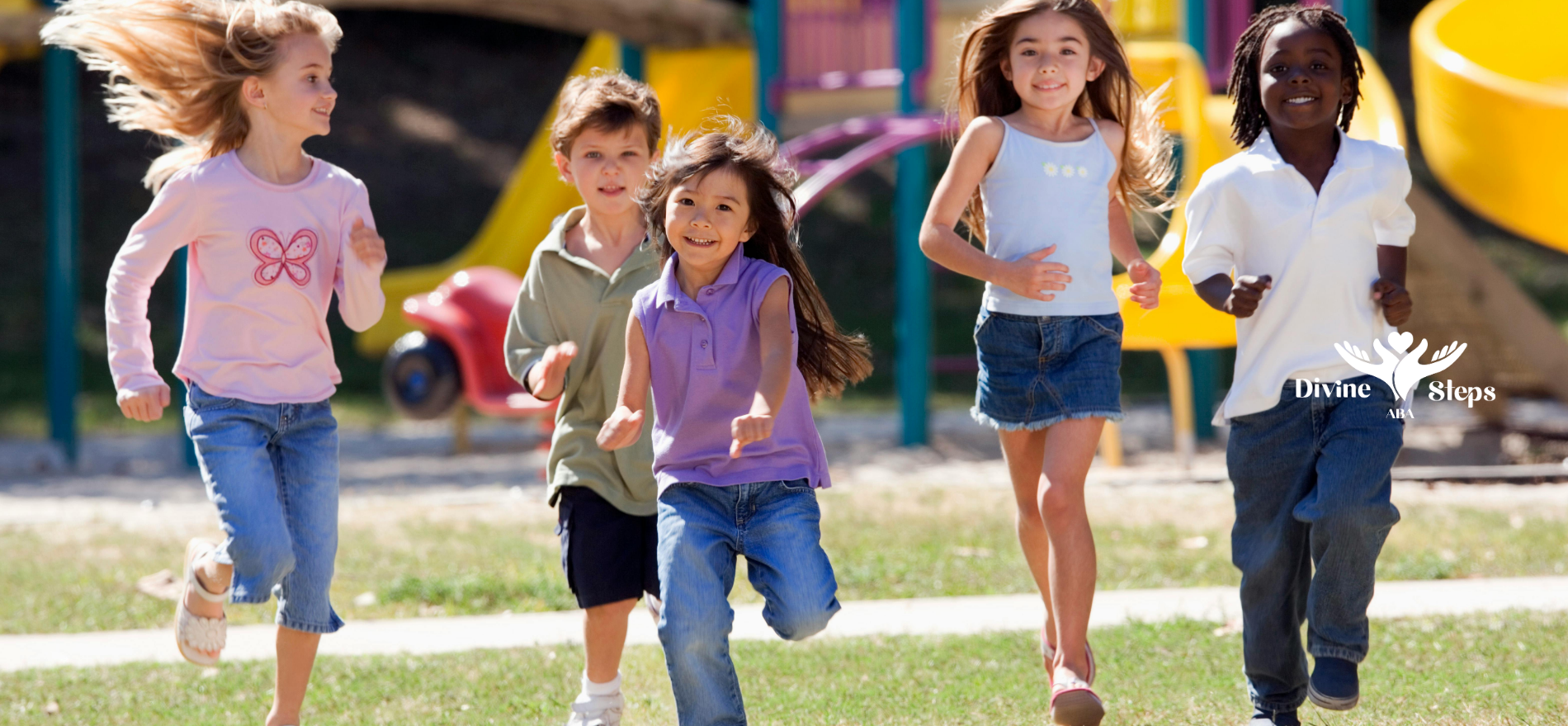Website by CWS
Are Children with Autism More Attached to Caregivers?
What Does Attachment Theory Say?
Attachment theory describes how children form emotional bonds to primary caregivers, using them as a “secure base” for exploration. In typical development, children show behaviors like seeking comfort, distress on separation, and joy on reunion. Attachment security is not about being overly clingy but feeling confident in the caregiver’s available support.
Attachment in Children with Autism — What The Research Shows
Can Autistic Children Form Secure Attachment?
Yes. Studies indicate that children with Autism Spectrum Disorder (ASD) can exhibit attachment behaviors comparable to typically developing children. A meta-analytic review found a medium effect size linking maternal sensitivity (i.e., responsiveness, emotional availability) and attachment security in young children with ASD — stronger than what’s often observed in general populations.
Factors That Affect Attachment Quality in ASD
Because autism can include social-communication challenges, sensory sensitivities, and reduced reciprocity in interactions, the process of forming attachment can differ. Parental insightfulness (the caregiver’s ability to understand the child’s inner experience) and parental sensitivity are associated with stronger attachment relationships in autistic children.
Also, severity of autism traits, developmental level, and timing of diagnosis may moderate how attachment develops.
Why It May Appear That Autistic Kids Are Extra Attached
Because children with ASD may have fewer relationships or find unfamiliar social settings challenging, parents may occupy a central emotional role. In addition, when separation causes anxiety or distress, the attachment behaviors may appear more intense. Some research also suggests that a mother’s anxious attachment style might correlate with increased separation anxiety in children with autism.
Conclusion
Attachment plays an important role in every child’s development, and research confirms that children with autism are capable of forming strong, secure bonds with their caregivers. While the attachment process may look different due to social and communication differences, many autistic children rely deeply on their parents or primary caregivers for safety and connection. With the right support, families can strengthen these bonds, reduce stress, and encourage healthy growth.
Why Choose Divine Steps ABA?
At Divine Steps ABA, we understand that every child’s connection with their caregiver is unique — and we build our therapy programs to nurture both skills and relationships. Serving families across Maryland, Virginia, and North Carolina, our team uses evidence-based ABA strategies to help children thrive while giving parents the tools to foster stronger attachment and confidence at home. With personalized care, compassionate experts, and a focus on real-world progress, Divine Steps ABA is more than a therapy provider — we’re a trusted partner on your family’s journey.
Frequently Asked Questions
Are autistic children always more clingy?
No. While some children with ASD show strong attachment behaviors or distress during separation, others may be more aloof or appear less expressive. Attachment security exists on a spectrum.
Does autism prevent secure attachment?
No. Research shows that many autistic children can develop secure attachment relationships, especially when caregivers are sensitive and responsive.
How can parents support healthy attachment in kids with autism?
By being sensitive, emotionally available, responsive to cues, and striving to understand the child's perspective (insightfulness). Interventions that enhance parent responsiveness have been studied.
Is the attachment style of the parents linked to the child's behavior?
Some evidence suggests that parental attachment-related anxiety or avoidance relates to social-emotional functioning in parent-child dyads, including children with autism.
Sources:
- https://www.bristolautismsupport.org/attachment/
- https://www.psychiatry.org/patients-families/autism/what-is-autism-spectrum-disorder
- https://www.autism.org.uk/advice-and-guidance/topics/about-autism/autism-and-communication
- https://www.autismspeaks.org/sensory-issues
- https://www.frontiersin.org/journals/psychology/articles/10.3389/fpsyg.2016.01862/full
- https://www.autismspeaks.org/levels-of-autism
- https://www.psychiatry.org/patients-families/anxiety-disorders/what-are-anxiety-disorders
- https://www.pregnancybirthbaby.org.au/separation-anxiety
- https://www.autismspeaks.org/applied-behavior-analysis




